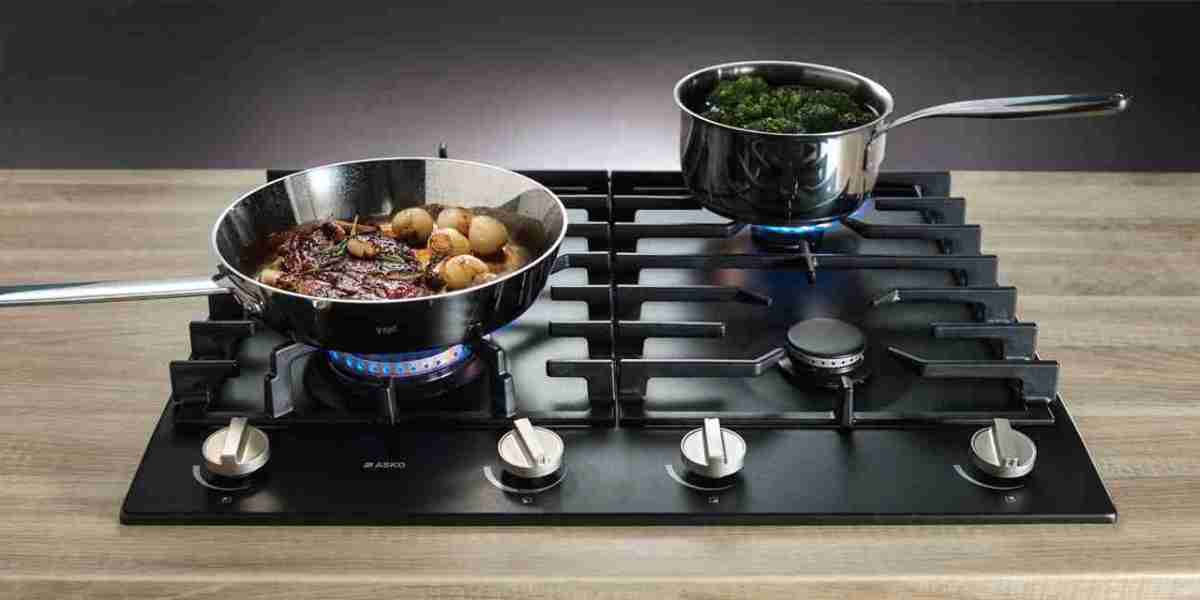The hiking footwear market, also referred to as the hob market, has been experiencing remarkable growth in recent years, driven by increasing outdoor recreational activities, eco-conscious consumers, and advancements in footwear technology. With the rising demand, new entrants are making their way into the market, offering unique products to attract customers. However, breaking into this competitive industry comes with its own set of challenges and opportunities.
Market Trends Encouraging New Entrants
The hob market is booming due to several factors:
- Rise in Outdoor Activities – More people are engaging in hiking, trekking, and adventure sports, leading to higher demand for specialized footwear.
- Eco-Friendly Consumer Preferences – Sustainability is becoming a major concern, prompting brands to adopt recycled materials, biodegradable soles, and ethical manufacturing.
- Technological Innovations – Smart footwear, waterproofing, and improved grip technology are attracting both seasoned hikers and casual trekkers.
- Direct-to-Consumer (DTC) Models – New entrants leverage e-commerce and social media to build direct relationships with customers, reducing reliance on retailers.
Challenges for New Entrants
While opportunities exist, new entrants must navigate significant challenges:
Brand Recognition and Customer Trust – Established players like Merrell, Salomon, and Columbia dominate the market. Gaining visibility and consumer trust requires strategic branding and effective marketing campaigns.
Product Differentiation – With numerous brands competing, differentiation through unique designs, features, and materials is necessary to stand out.
High Initial Investment – Developing high-quality hiking footwear requires research and development, material sourcing, and production setup, making entry expensive.
Distribution and Supply Chain Management – Efficient supply chains and retail partnerships are crucial for reaching a wide audience. New entrants often struggle with production costs and logistics.
Strategies for New Entrants to Succeed
Leverage Technology for Better Performance – Innovative materials like Gore-Tex, Vibram soles, and 3D-printed designs can enhance comfort, durability, and safety.
Sustainability as a Core Value – Using recycled materials, biodegradable packaging, and ethical labor practices can appeal to eco-conscious consumers.
Niche Marketing – Targeting specific customer segments, such as ultralight backpackers or cold-weather hikers, can create a dedicated customer base.
Collaborations and Influencer Marketing – Partnering with outdoor influencers, athletes, and bloggers can help boost brand awareness and credibility.
Direct-to-Consumer Sales Approach – Selling through online platforms, social media, and brand websites can reduce overhead costs and increase profit margins.
Conclusion
The hob market is an exciting industry with ample room for new entrants, but success requires strategic planning, innovation, and customer-focused branding. Companies that embrace technology, sustainability, and direct consumer engagement will have a better chance of establishing themselves in this highly competitive landscape.



